Shitsurindo and ZOZO NEXT Launched Collaborative Research on New Lacquer Techniques
KOGEI Topics VOL.19
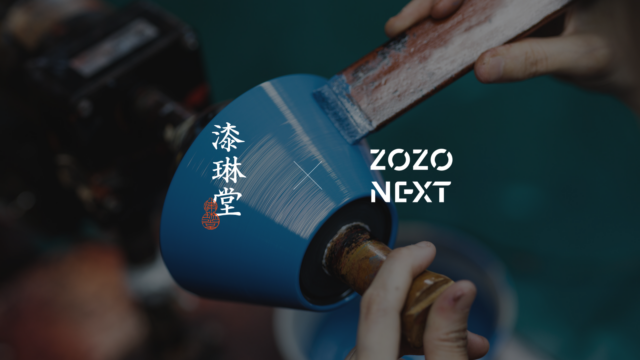

VOL.1-19
Update
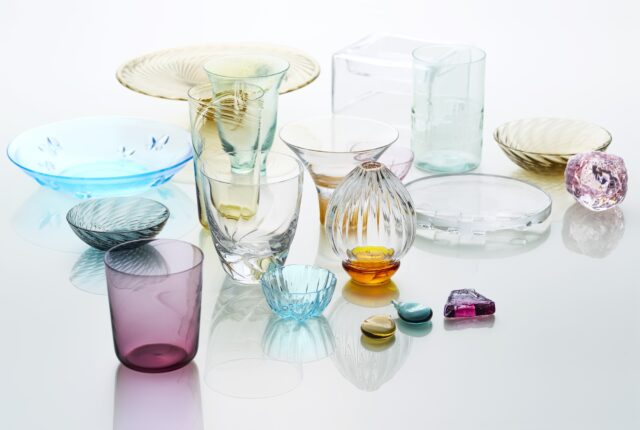
VOL.1-17
Update
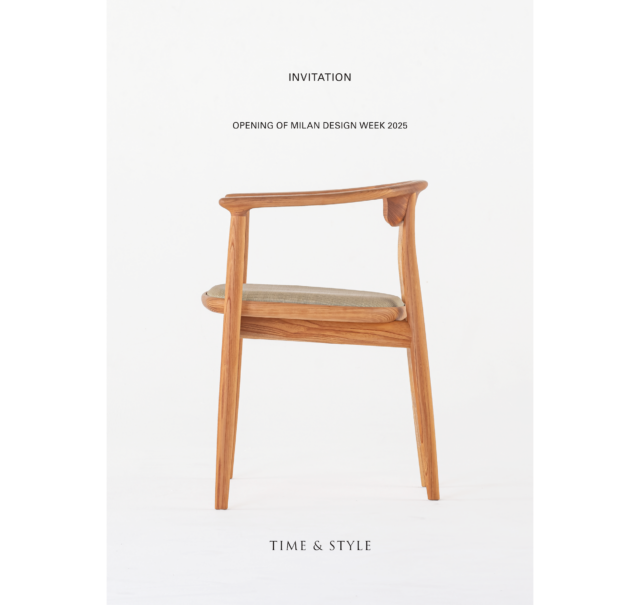
VOL.1-43
Update
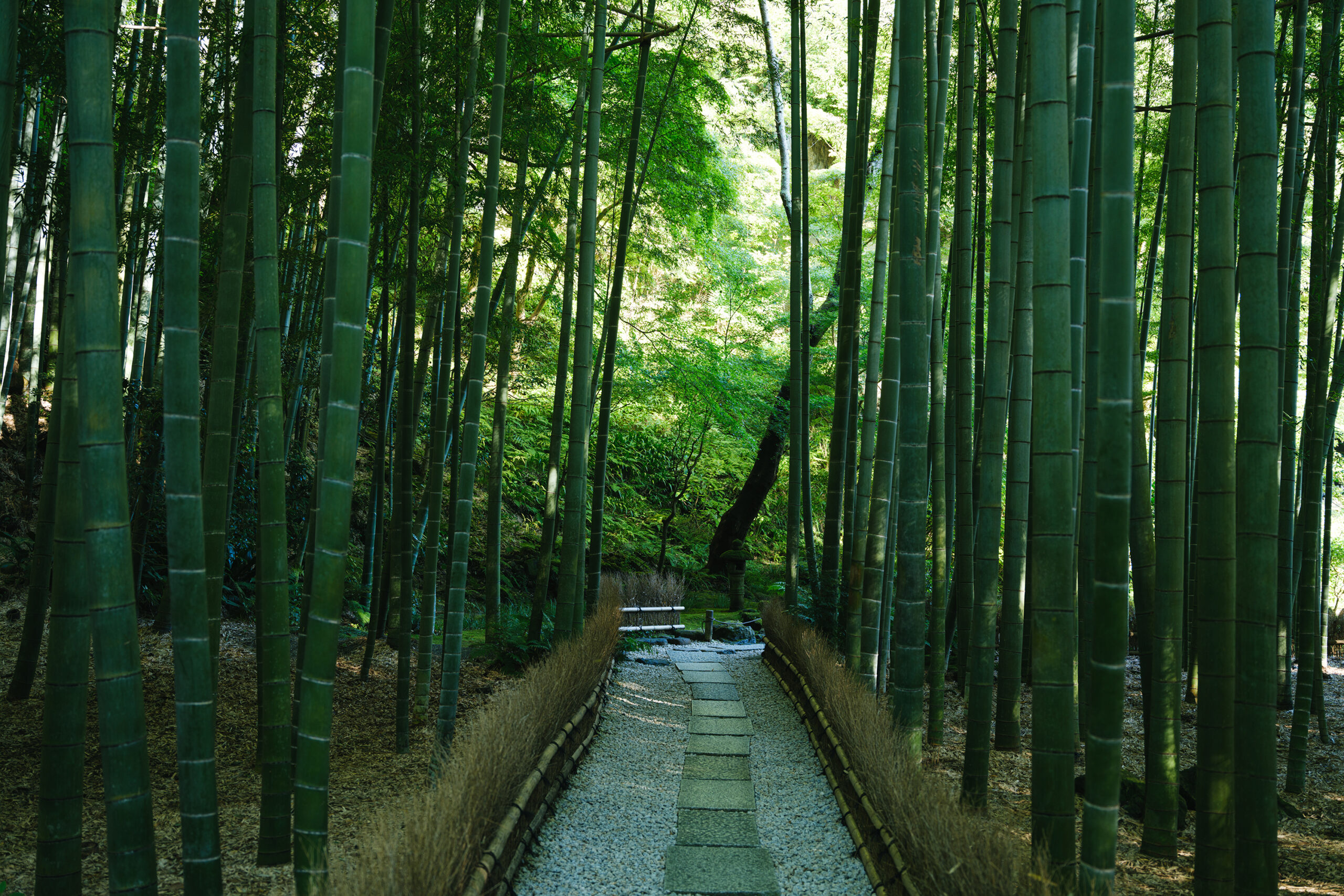
VOL.1-2
Update
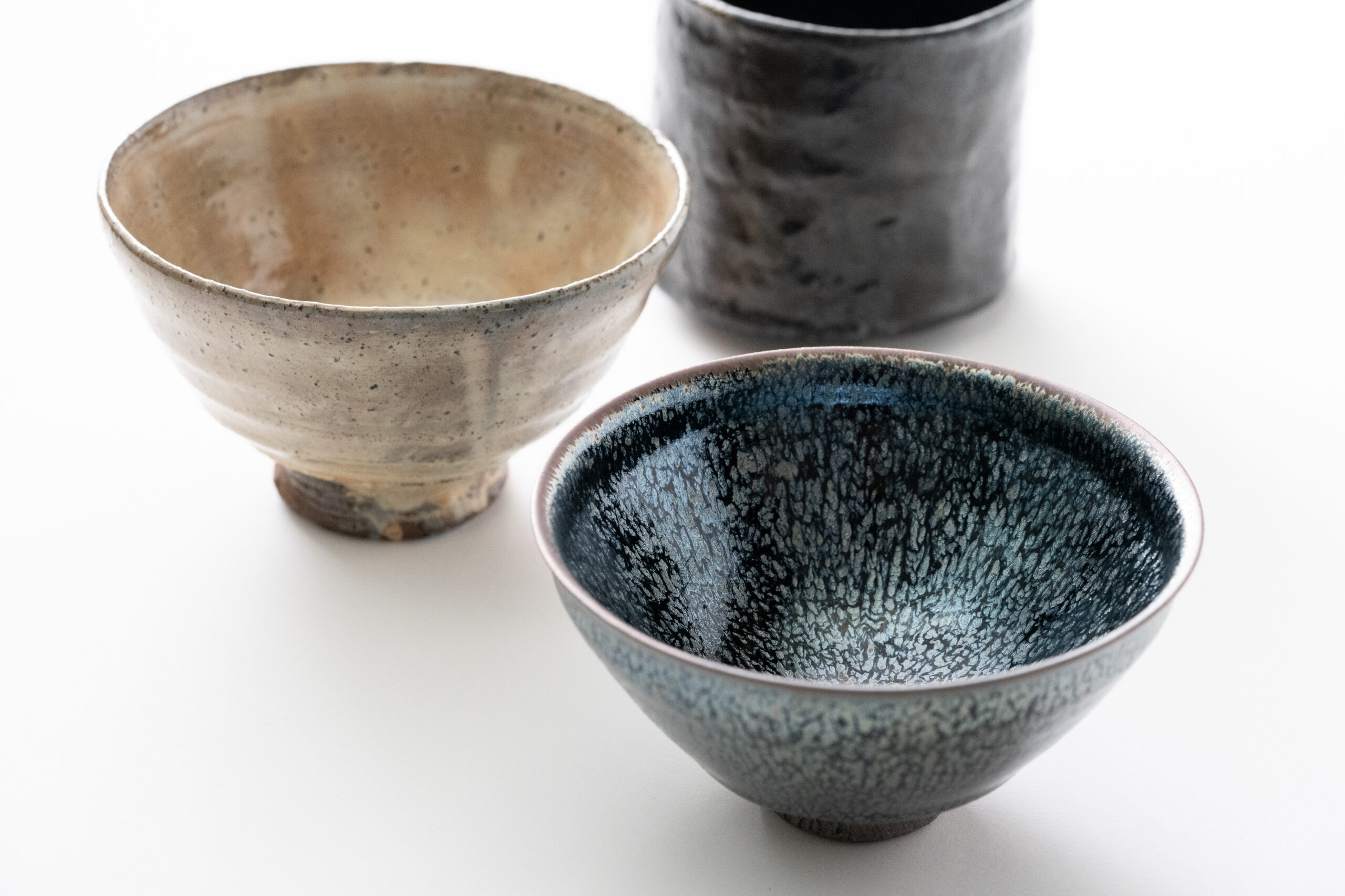
VOL.1-3
Update

VOL.1
Update
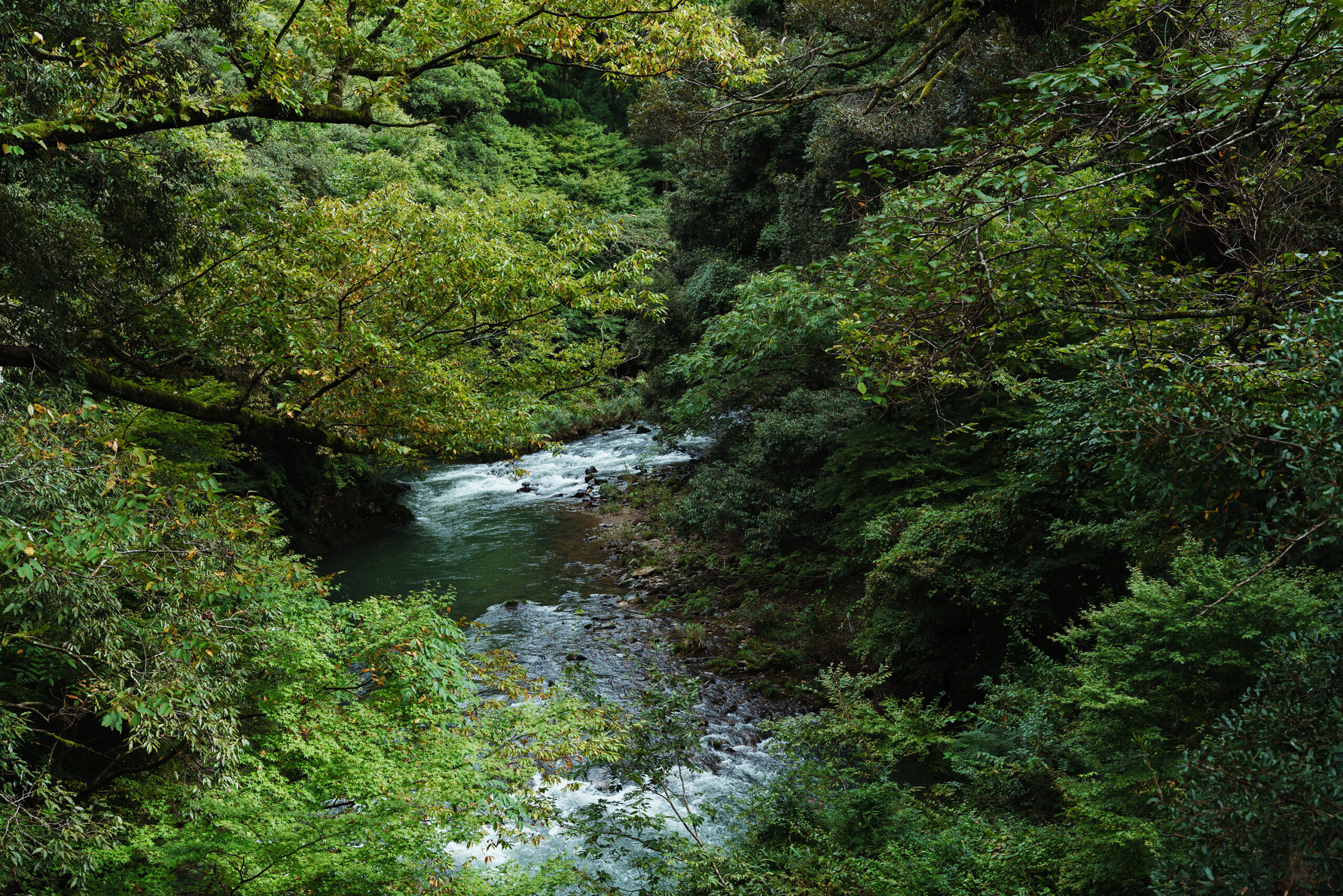
VOL.1-7
Update
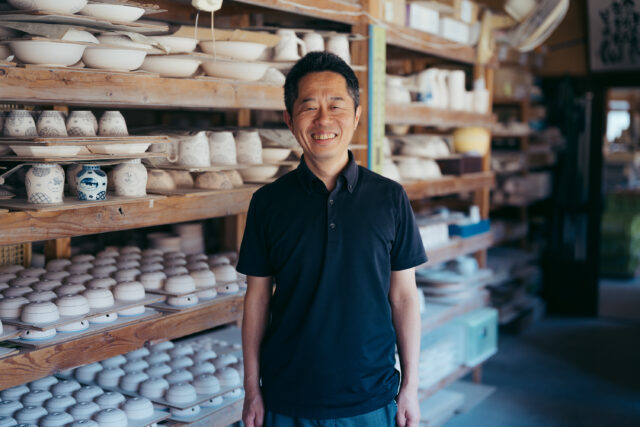
VOL.1-32
Update
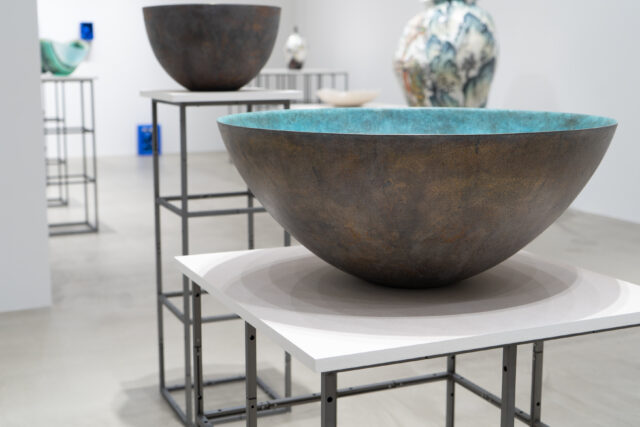
VOL.1-26
Update
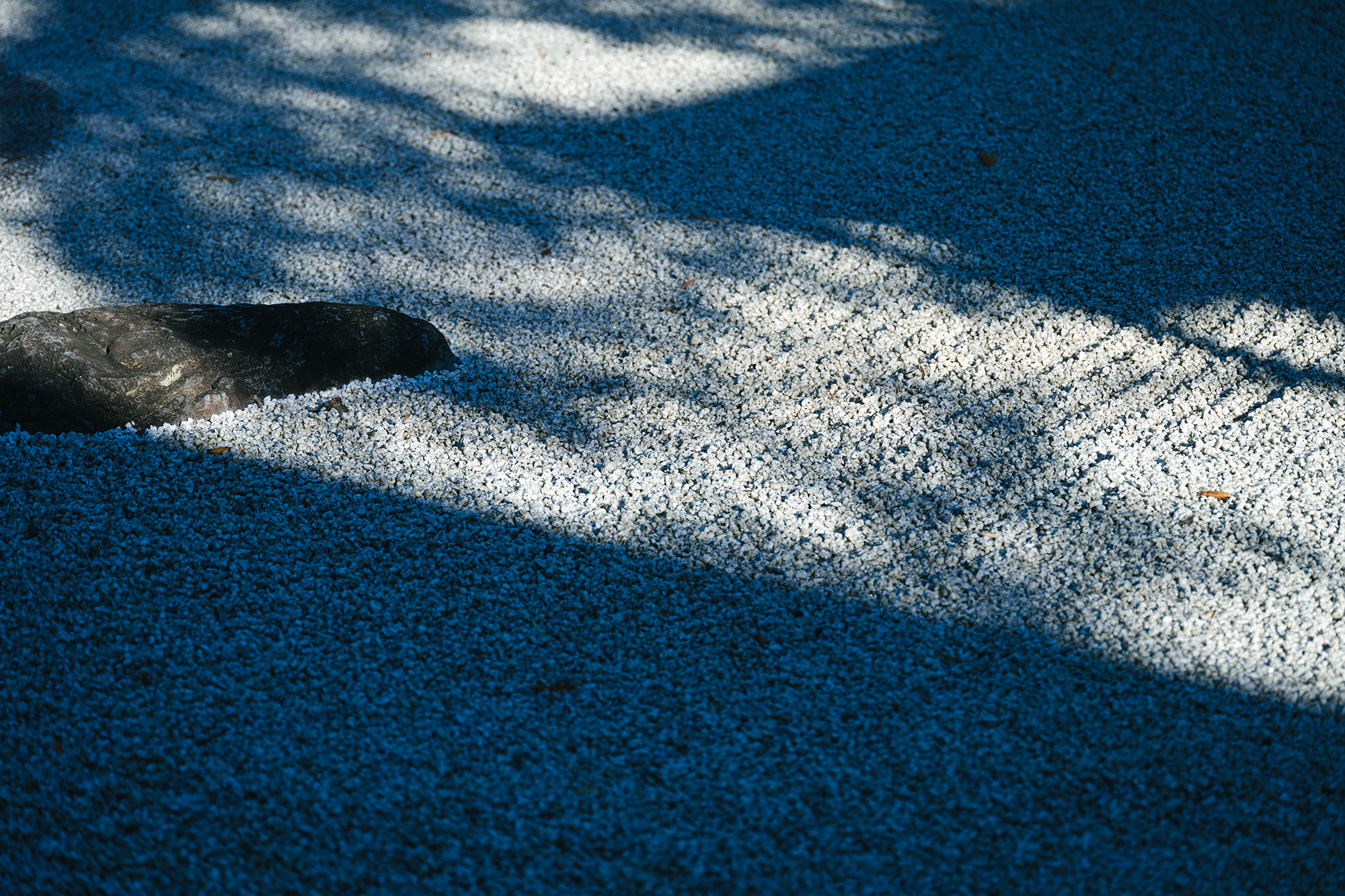
VOL.1-12
Update
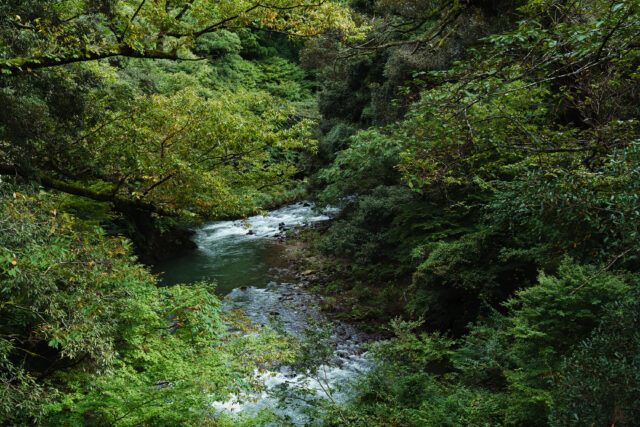
VOL.1-3
Update
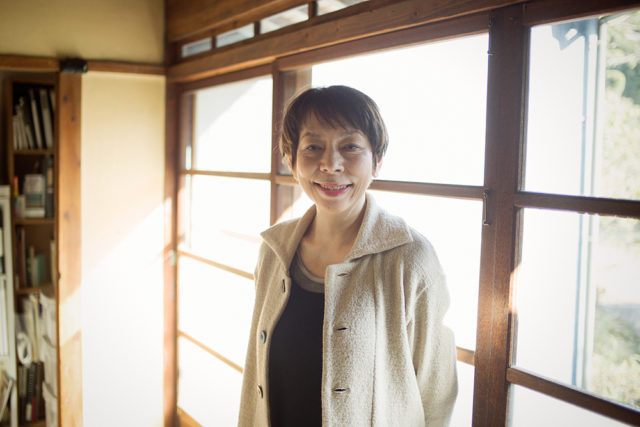
VOL.1
Update
We share a variety of information and perspectives on Japanese crafts, including exhibition information and interviews.
KOGEI Topics VOL.19
New Products VOL.17
Featured Exhibitions & Events VOL.43
KOGEI Topics VOL.18
Apr 5 – Jun 22, 2025
SEIKADO BUNKO ART MUSEUM
Apr 8 – May 6, 2025
The Gotoh Museum
Apr 11 – Jun 15, 2025
Kyoto City KYOCERA Museum of Art
Apr 12 – Jun 29, 2025
TOGURI MUSEUM OF ART

The distinction between shibumi and nigami lies in how they are perceived. While shibumi is a tactile sensation, felt through touch, nigami is a taste sensation, experienced through the sense of taste. The term nigai or nigami in Japanese often carries a negative connotation, suggesting an unpleasant taste. In the context of tea, nigami implies an undesirable flavor, while shibui suggests a taste with sophistication. Although in English both sensations are often encompassed by the term “bitter,” shibumi is challenging to translate directly, and it is sometimes expressed simply as “shibui” in English.
The term shibui is commonly employed in everyday language to describe the depth and richness that develops in people or things over time. It is not used for young children or fresh items but is reserved for things that exude a profound charm from within. Additionally, the term is used in contexts such as being reluctant to spend money, shiburu, or expressing a feeling of dissatisfaction when things don’t go as expected shibui. These expressions likely stem from the original meaning of the kanji “澀,” indicating a state where water does not flow easily, conveying a sense of depth and complexity.
In the early Showa period (1926-1989), figures such as Soetsu Yanagi and Bernard Leach who promoted mingei (folk crafts), conveyed the allure of shibusa both domestically and internationally. Beyond the realm of food, they likely inspired the impression of shibui as describing the beauty of expressions that are simple yet profound. While it is sometimes seen as synonymous with wabi-sabi abroad, it is essential to note that it is not the case that everything characterized as “shibui” also embodies “wabi-sabi.” Shibui represents a beauty that emanates from deep within, and it does not always correlate with the characteristic imperfect beauty of wabi-sabi.
One of the charms of crafts lies in the beauty that evolves over time, where colors and textures transform through use, creating a profound and nuanced character. This phenomenon is precisely what we would describe as “shibui.” If the transformation through aging brings forth a sense of desolation akin to “wabi,” it can be expressed as “wabi-sabi.” However, when a subtle and gradual refinement emerges, the term “shibui” is more fitting.
As discussed in this series of columns, the concept of beauty in Japan is diverse and multi-faceted. Wabi-sabi finds beauty in imperfection, yohaku (empty spaces) appreciates meaning in space and time, and shibusa discerns beauty from depth. With the diverse climates and seasons in Japan, people have continuously found beauty in the ever-changing elements, reflecting on and enjoying life. Despite advancing urbanization and the homogenization of lifestyles, these various perspectives on beauty remain deeply rooted in daily life, and I encourage you to learn about them through crafts.
